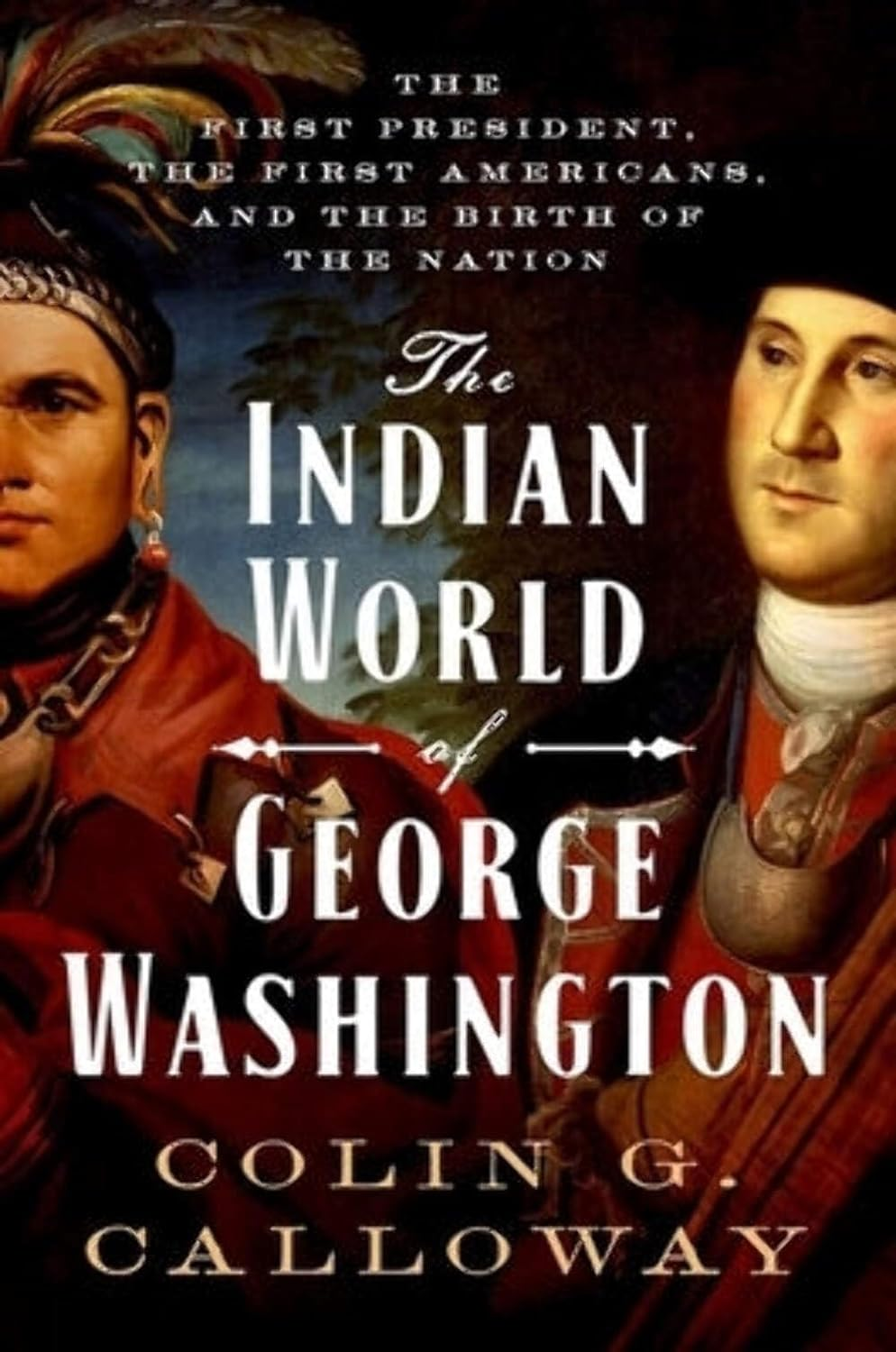The Washington-Knox policy of treating Indian tribes as sovereign nations had little success elsewhere. The 1791 Treaty of Holston secured an agreement from the Cherokees to relinquish 2.6 million acres of land in return for annuity payments and the government’s promise to expel squatters from Cherokee territory. “When we left our father, the President, and General Knox, my heart was easy,” said one satisfied and relieved Cherokee chief. Within months, however, the Cherokees, like the Creeks, found that the US government could not keep its promises. “Congress are Liars general washington is a Liar,” declared another Cherokee chief. In 1793, after a dozen Cherokee Indians were murdered and wounded, Washington remarked that peace on the frontiers could not be expected “so long as a lawless set of unprincipled [white] wretches can violate the rights of hospitality or infringe the most solemn treaties, without receiving the punishment they so justly merit.”
But the nation lacked sufficient military and financial resources to protect borders and keep the promises it made to Native Americans. In 1789, there were fewer than six hundred regular troops on the frontiers, and many of them were raw recruits who often deserted, their weapons in poor repair and with supply routes that barely existed. That year, Knox had calculated the expense of recruiting, training, paying, feeding, and equipping hundreds more soldiers and officers. It would require, he wrote, “the sum of two hundred thousand Dollars—A sum far exceeding the ability of the United States to advance consistently with a due regard to other indispensable objects.” Nevertheless, during Washington’s presidency, “the bulk of the federal budget,” Calloway points out, “was spent in wars against Indians.”
One of the few successful agreements between the national government and Native Americans was the 1794 Treaty of Canandaigua, which established “peace and friendship” between the United States and the Six Nations of the Iroquois Confederacy. The treaty confirmed the boundaries of Oneida, Cayuga, and Onondaga lands in New York, and the Americans restored some territory to the Senecas. The Oneidas had felt especially aggrieved; although they had assisted Washington in the Revolutionary War, they had seen their homeland dwindle from five million acres to just a quarter of a million acres. And so a second, separate treaty was signed, awarding them compensation for their services during the Revolution. To this day, the Canandaigua Treaty is commemorated and celebrated every year and remains for Iroquois people, as Calloway notes, a clear recognition of Iroquois sovereignty and “the seminal document in their relationship with the United States.”
